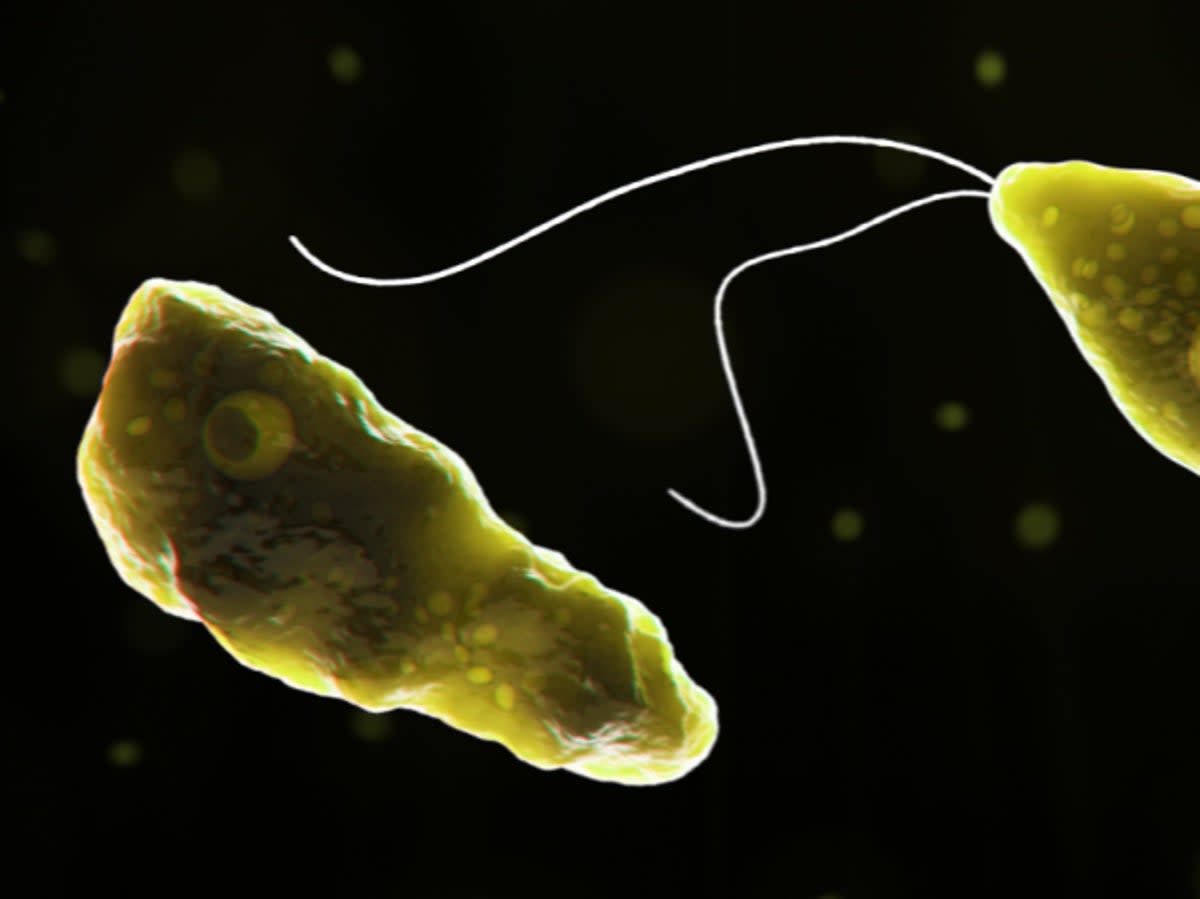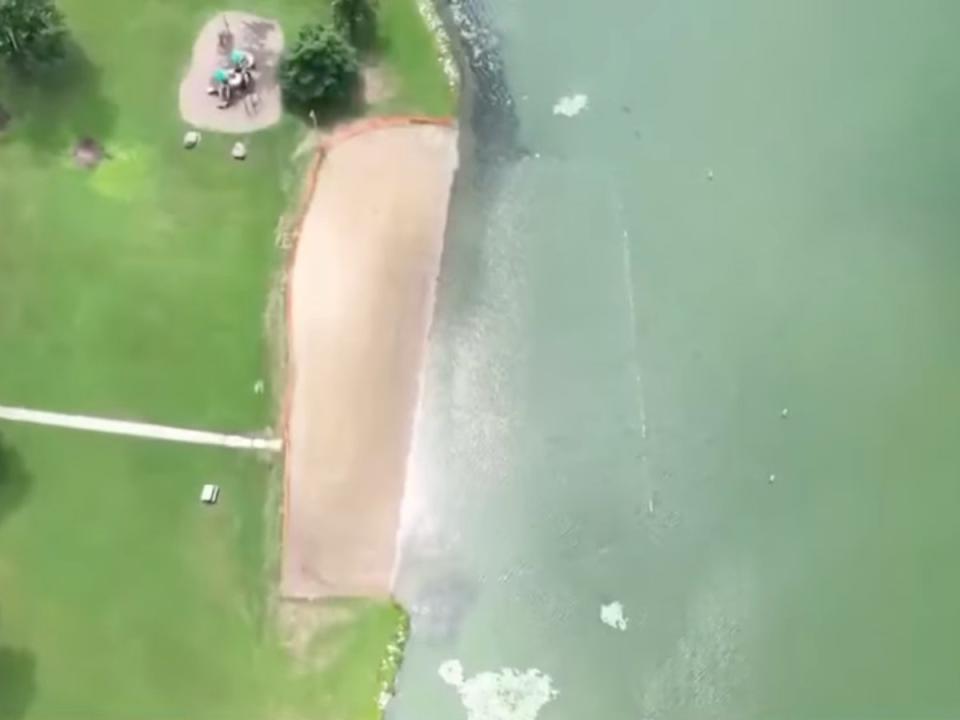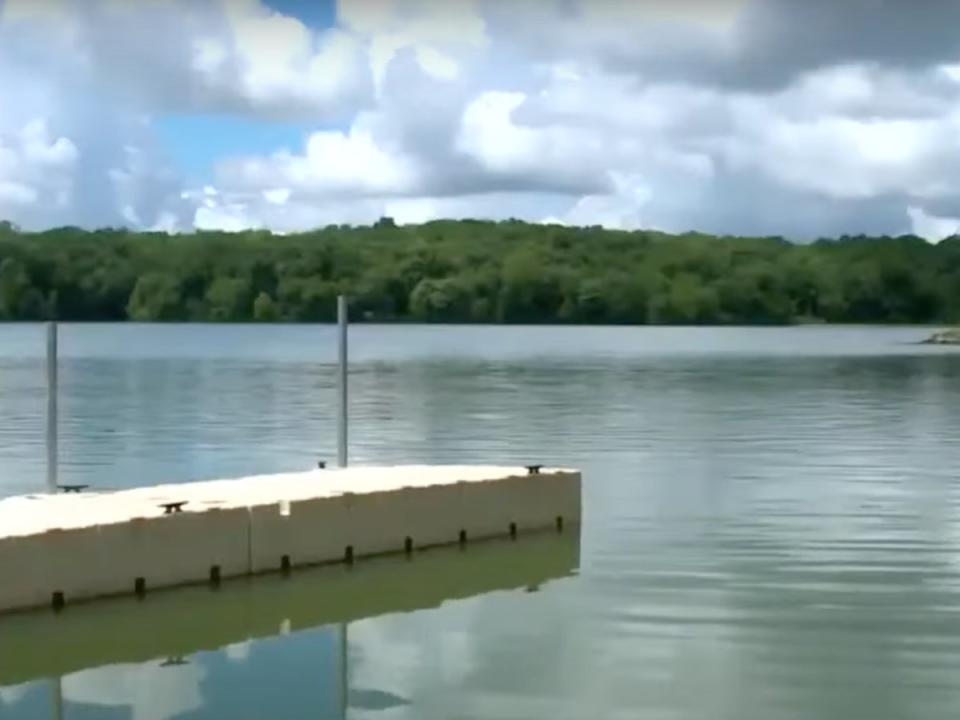What is brain-eating amoeba and why does it kill

The temporary closure of a beach in southern Iowa last week raised alarm among residents of the state and neighbouring Missouri amid reports of a rare “brain eating amoeba” in one individual.
Primary amebic meningoencephalitis, or PAM, was found in one Missouri individual who had recently travelled to Lake of Three Fires in Taylor County, Iowa, officials said on 8 July.
While it remains unclear if PAM, also known as “brain eating amoeba”, was present in the lake at the time, tests are currently underway and that individual remains hospitalised in intensive care.
Here’s everything you need to know about the case, and the disease.
What is it?
Brain eating amoeba is a microscopic organism that typically lives in warm freshwater and can cause an infection in swimmers, the US Centers for Disease Control and Prevention (CDC) says.
The amoeba can be fatal upon entering the brain though the nose, where it can then travel the brain, causing an infection. Such cases are relatively rare however, with 154 reports of PAM since 1962.
Typical symptoms include severe frontal headache, fever, nausea and vomiting in the initial stages, before more serious signs of an infection present themselves. Those are a stiff neck, seizures, altered mental status, hallucinations and a coma, according to the CDC.
PAM does not occur by drinking the water, as the amoeba must travel through the nose to the brain to cause a deadly infection. In fact, only five people are known to have survived the disease in the US.
Although those who have surived the infection are few, they have done so following treatment with a combination of drugs, according to the CDC.
What do we know about this case?
Little is known about the Missouri case of brain eating amoeba, which was first announced by officials at the state’s health department on 7 July.
In a statement, the Missouri health department said the individual was in intensive care at a hospital that was unnamed.

Iowa’s health department said on 8 July that it had temporarily closed the beach at Lake of Three Fires in Taylor County for swimming following the Missouri case of PAM because that person had travelled to the beach and swam.
Ther news release did not say when the person went swimming in the lake, which borders Missouri. It was also unclear when that person returned home.
Where else has it been found?
Brain eating amoeba is traditionally found in warm freshwater bodies such as lakes, with a significant majority of cases since 1962 occurring in southern US states (40 in Texas, 36 in Florida, and 10 in California).
According to Missouri’s health department, the only other case identified among a Missouri resident was in 1987.

George Turabelidze, Missouri’s state epidemiologist, said in a press release: “These situations are extremely rare in the United States and in Missouri specifically, but it’s important for people to know that the infection is a possibility so they can seek medical care in a timely manner if related symptoms present”.
Is climate change at fault?
Studies carried out by the CDC on brain eating amoeba suggest climate change could be behind a number of cases in the north of the US.
Julia Haston, a medical epidemiologist with the CDC, told NBC News earlier this week that rising air and water temperatures could be behind an apparent rise in cases in northern US states.
"It’s an amoeba that really likes warm conditions, really likes warm fresh water,” said Ms Haston.”That’s the concern — that climate change can be contributing to these higher air temperatures."
The CDC also found a link with PAM diagnoses and increases in air temperature “in the two weeks before exposures compared with 20-year historic averages,” leading the authors of the study to suggest that "rising temperatures and consequent increases in recreational water use, such as swimming and water sports, could contribute to the changing epidemiology of PAM."

